
Hackney Carnival stories

The music and dance of Hackney Carnival
Hackney carnival has an abundance of music and dance from all over the world.
The costumes of Hackney Carnival
The stories behind the costumes representing cultures and countries across the world.
Hackney Carnival interviews
How one of Hackney’s most famous events - Hackney Carnival - got started.

Hackney Carnival highlights in pics!
-
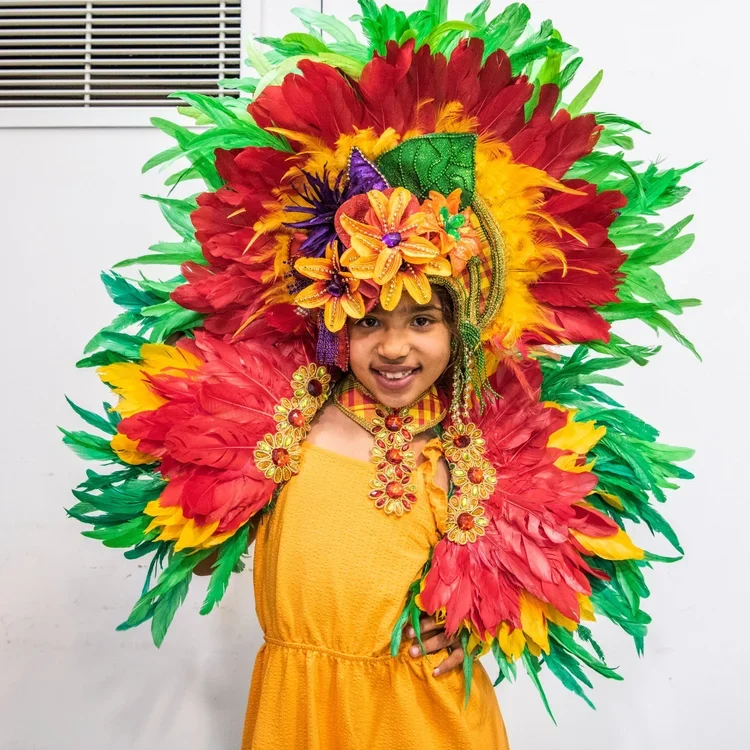
2023 Jump Up!
2023’s ‘Jump Up’ special at Berger Primary School.
-
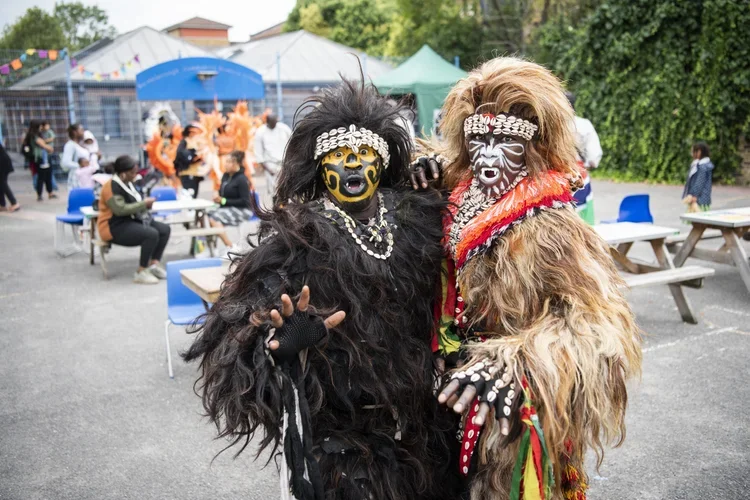
2023: Carnival Roadshow
Hackney Carnival Roadshow took to the streets of Hackney Wick for 2023.
-
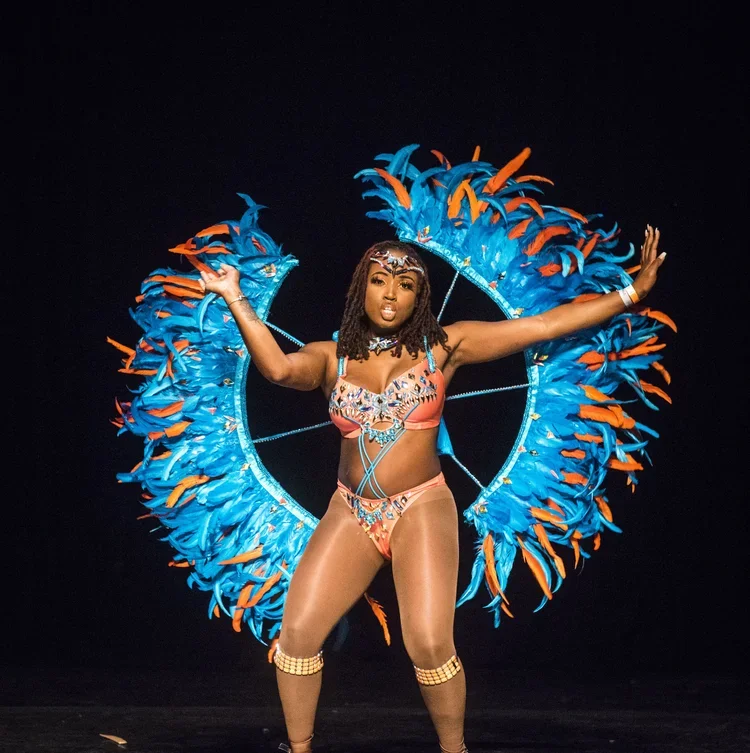
2021 Gala
Live from the Hackney Empire stage!
-
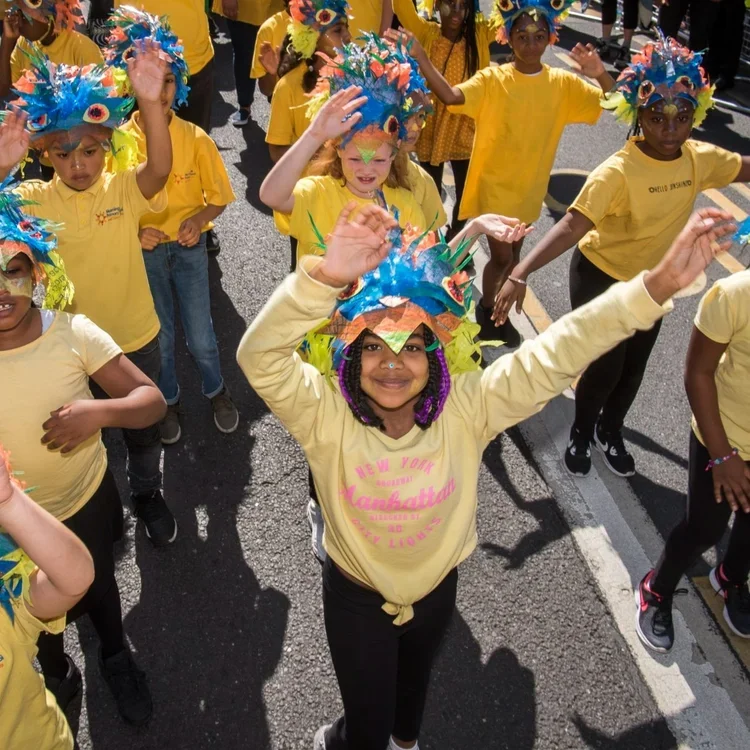
2019 Carnival
Happy memories from the biggest carnival yet!
-
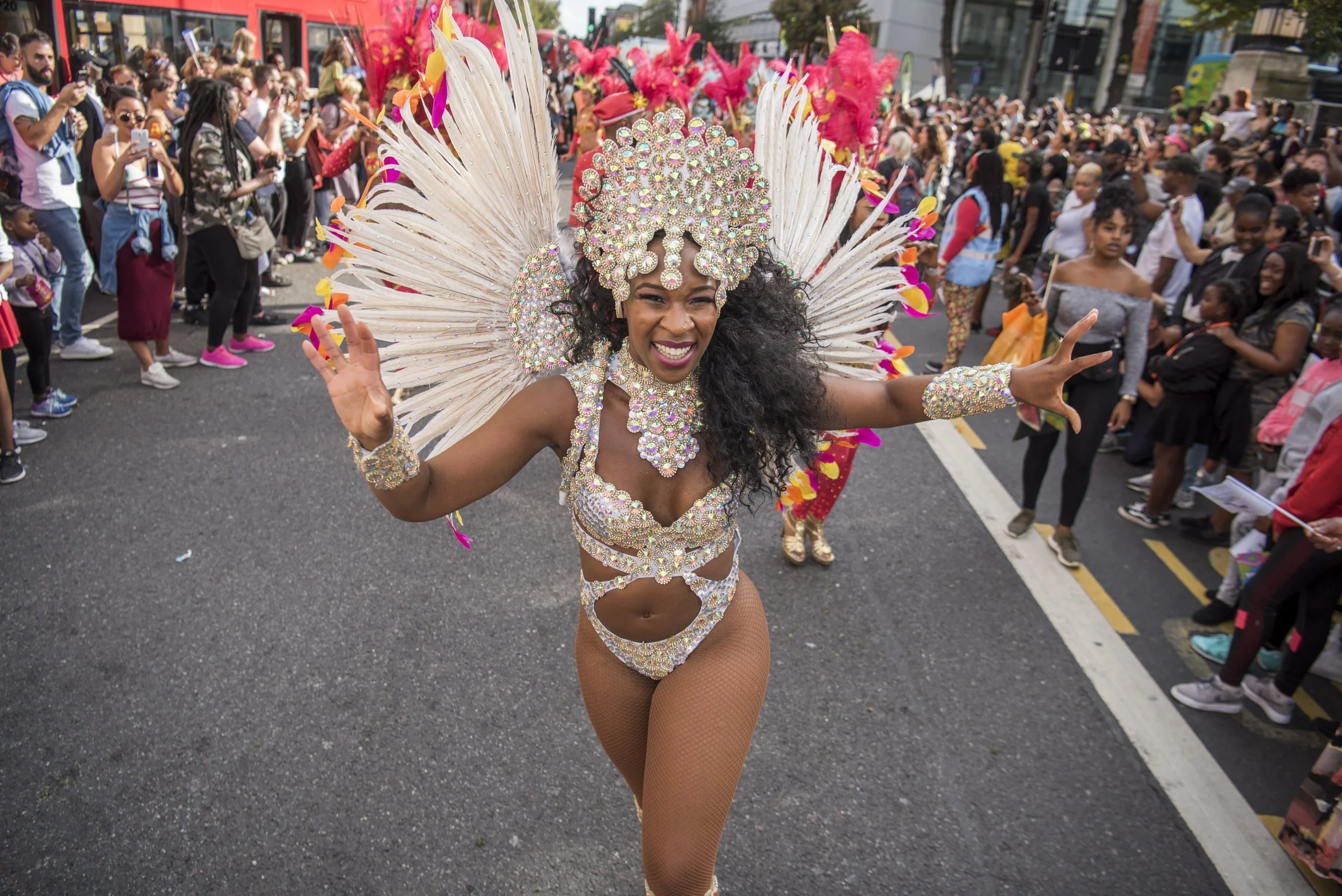
2018 Carnival
Loud, proud and lighting up the streets! Revisit the magic from 2018’s carnival.
-
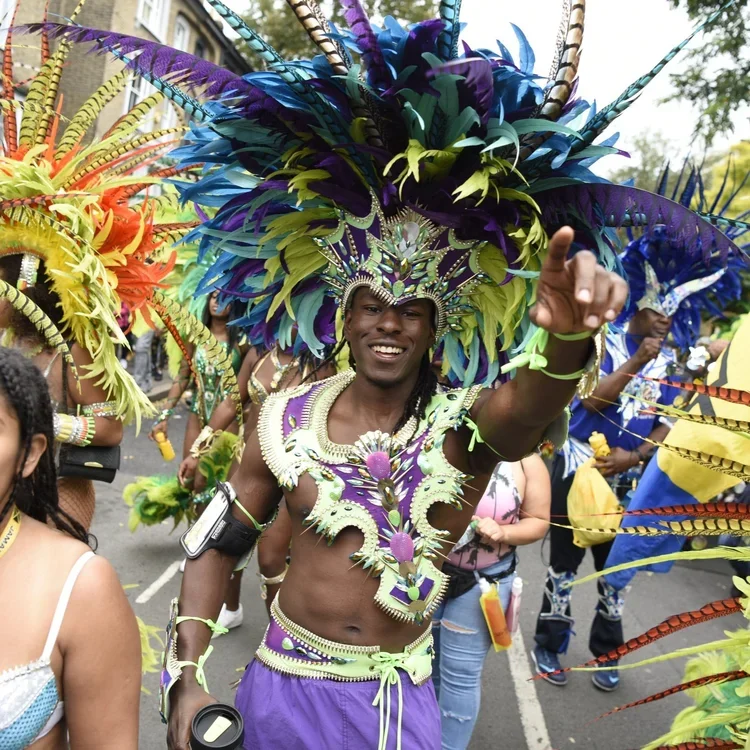
2017 Carnival
A blast from the past at 2015’s Hackney Carnival. Ah the memories…
-
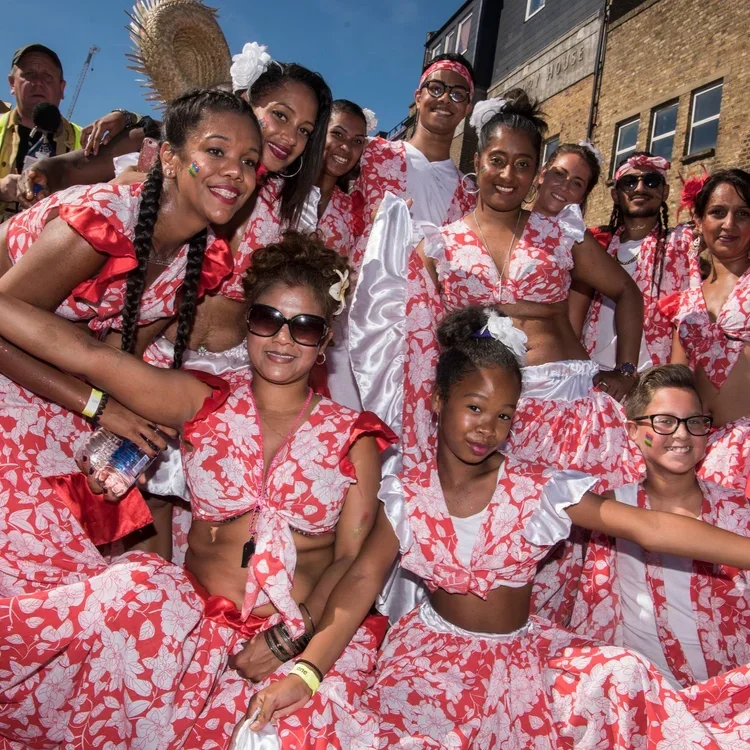
2016 Carnival
Vibes galore at 2019’s Hackney Carnival parade. Good times!
-
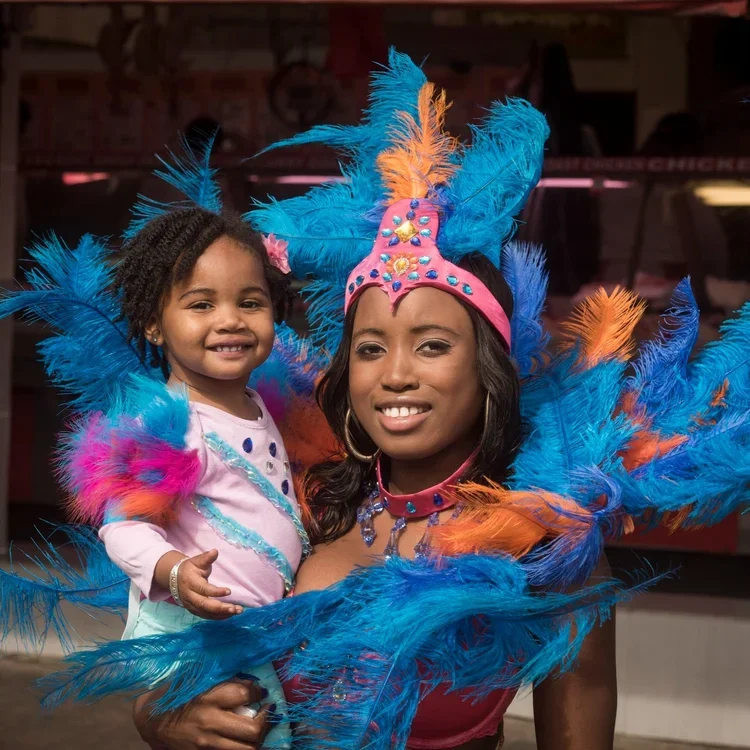
2015 Carnival
Back in the day when Hackney Carnival was the infamous ‘Hackney One Carnival!’

Stay connected with culture
Join the Culture newsletter highlighting cultural opportunities for everyone in Hackney.


